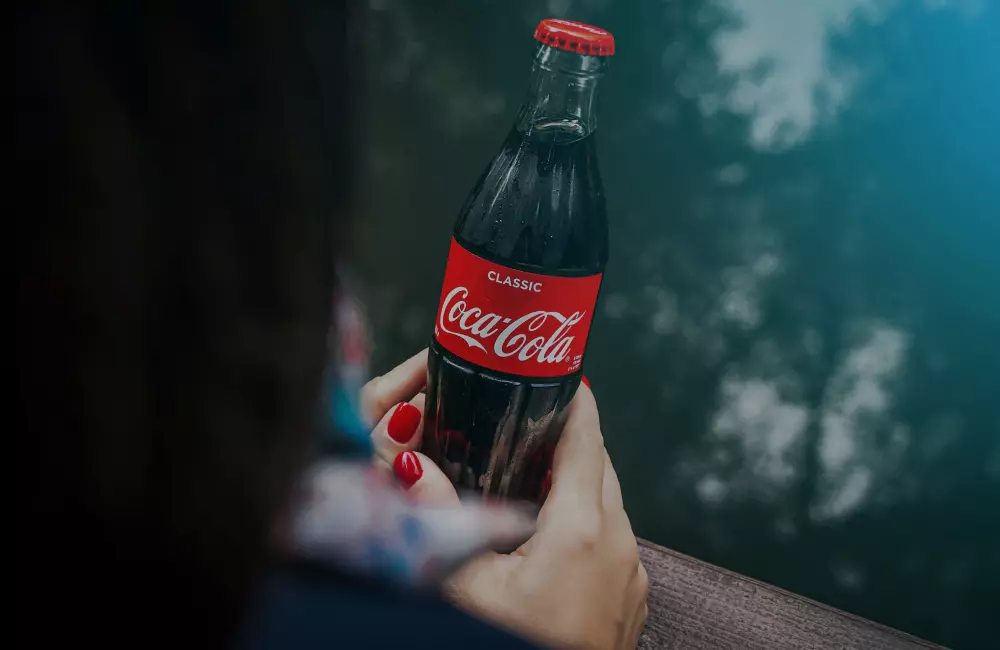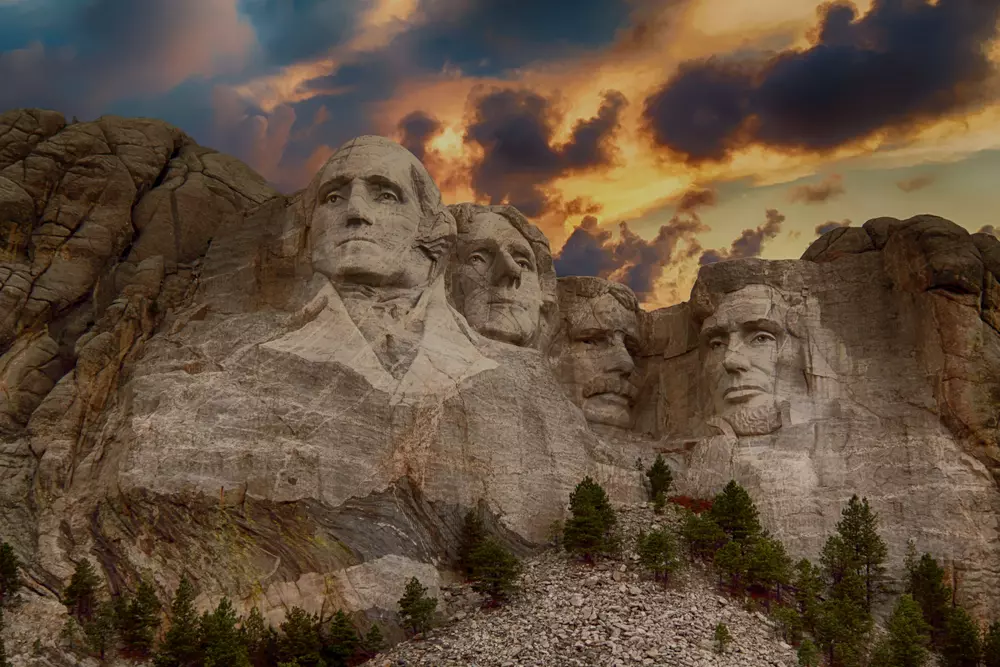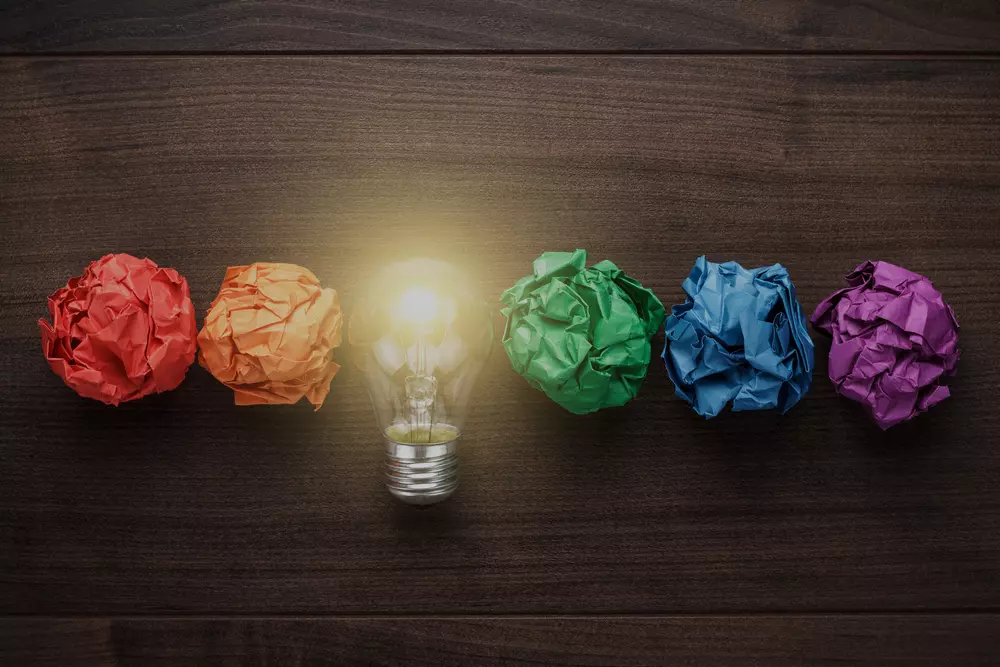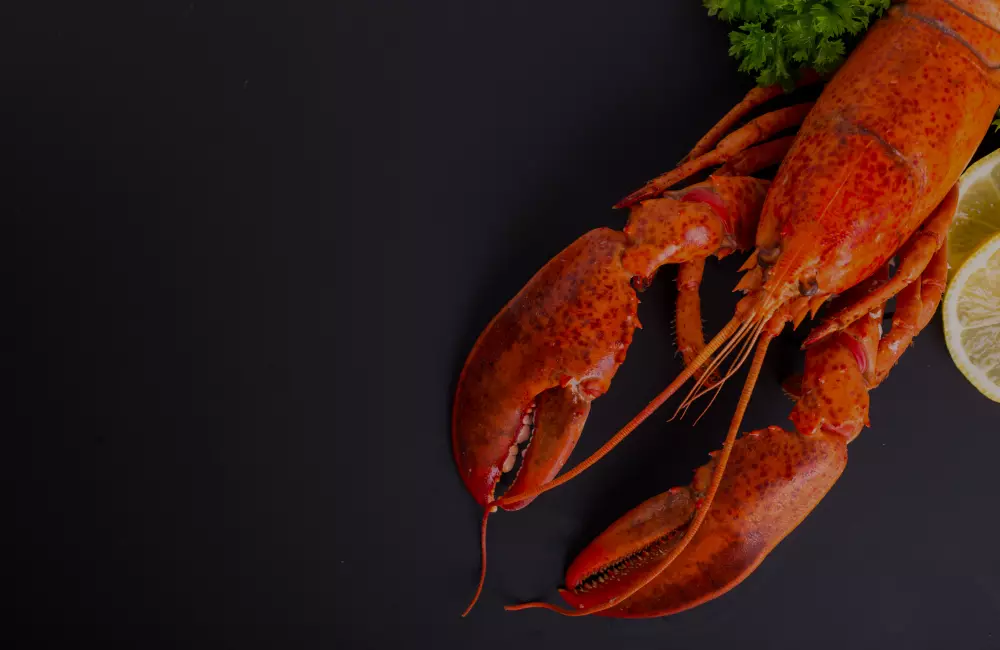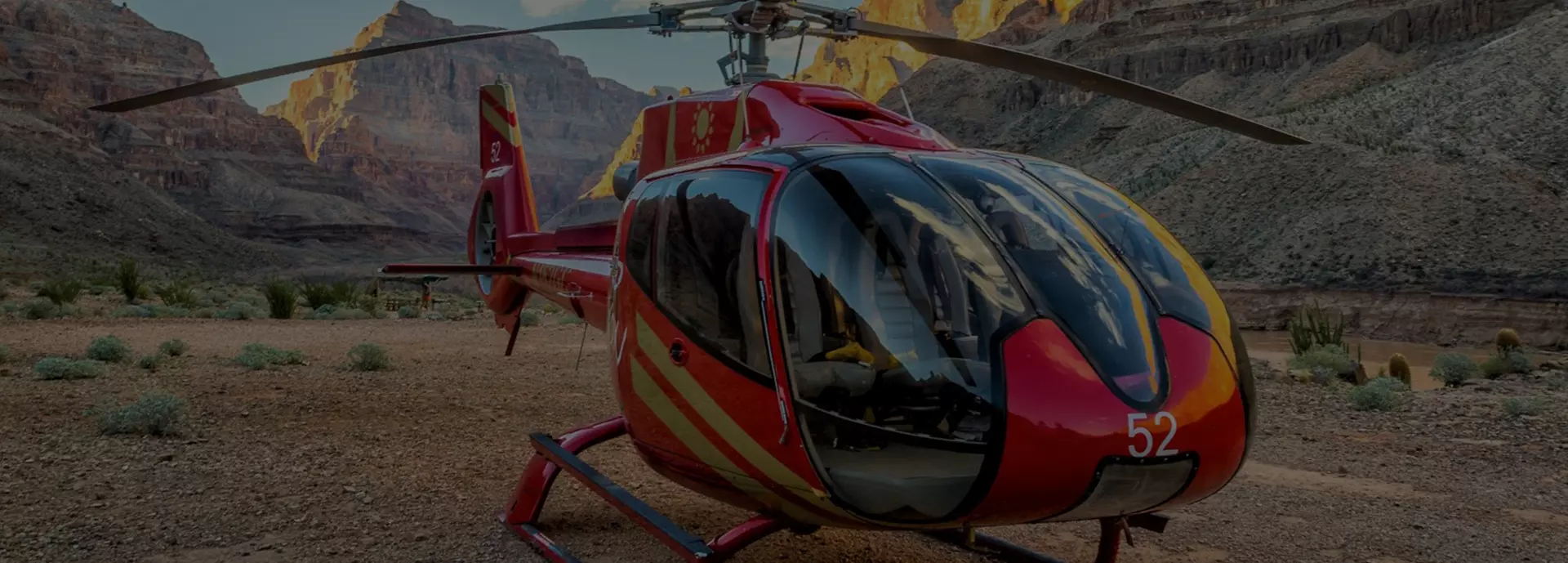The culture of marijuana in the USA
Jokes about weed appear in almost every other American movie. Some might think that all of America is drowning in drugs, wondering what’s so funny about it. Others might say, “We wish we had that here!” In reality, both perspectives have some truth. The more complex the topic, the more interesting it is to explore!
American Butler conducted an investigation: we found out what you need to know about the culture of marijuana in the USA, how safe cannabis is used, and why weed jokes are not always funny. Read the article to learn about the situation from the inside.
American Butler does not promote the use of marijuana or any other drugs. Our goal is to educate readers and tourists about existing laws and cultural features of different countries. We strive to provide accurate and useful information to help you better understand and navigate legal and cultural norms.
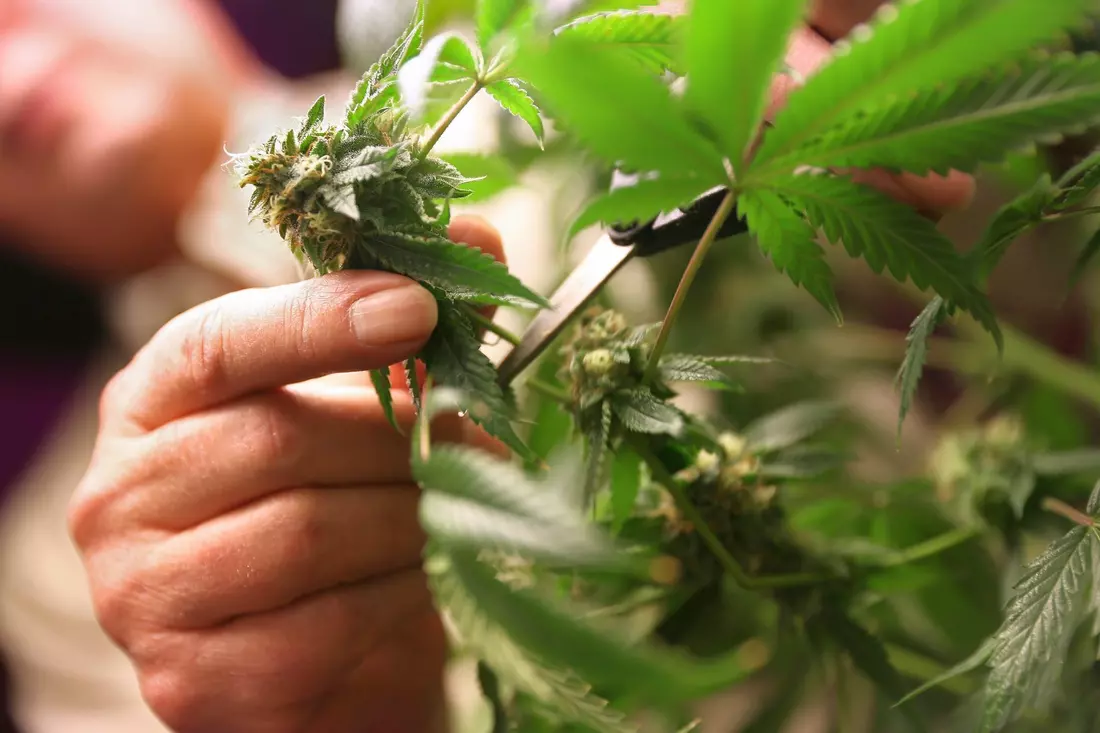
Why legalize marijuana?
The USA has a unique relationship with cannabis. No other plant, even those classified as rare or endangered, receives such attention. One reason lies in the English word "drugs," which means both medicine and narcotics.
In small, controlled doses prescribed by a doctor, cannabis plant substances can relieve chronic, neurological, and other types of pain for many patients. These conditions are often incurable and cause significant suffering. Marijuana affects the central nervous system, dulling pain signals, relaxing muscles, and relieving severe spasms. Additionally, it is quickly and easily eliminated from the body, almost without affecting the liver and brain, unlike many pharmaceuticals.
Ethnic traditions of America's indigenous peoples also influenced the classification of marijuana as a medicinal substance. Native Americans and future Latin Americans had no knowledge of chemistry and pharmacology but actively used plants for shamanic and medicinal purposes. They used some plants to enter a trance state for communicating with gods (although now we understand these substances had no divine connection) or to alleviate pain in smaller doses.
Such practices were rare in Europe, but after colonizers settled in America, this method gained popularity. As with anything, moderation was required, which people often did not follow. Consequently, marijuana developed a controversial reputation.
It often happens that more dangerous synthetic drugs are mixed into marijuana — in this case, addiction is almost inevitable, and unpleasant consequences are guaranteed.American Butler
History of Cannabis Legalization in the USA
Surprisingly, it all started quite a long time ago — back in 1619, when the King of England issued a decree requiring hemp to be one of the mandatory crops grown for export. However, at that time, people didn’t consume it internally — at least not openly. Hemp was primarily used for producing textiles, ropes, and paper.
Ironic fact: The Declaration of Independence was written on hemp paper. It wasn’t until 200 years later that hemp was officially recognized by the British Scientific Society as a medicinal remedy.
The early Americans widely used hemp tinctures to treat migraines. However, unpleasant side effects such as dependency gradually started to emerge. This led to labels on cannabis-based medications being marked with the warning "poison."
Ban on Distribution
By 1905-1906, 29 states had already imposed restrictions on the sale of cannabis and its derivatives. By 1930, bans on the production and distribution of cannabis were established in all states.
During Ronald Reagan’s presidency, any involvement with drugs could result in a 25-30 year prison sentence.
When Did Legalization Begin?
The 1960s changed everything. More potent drugs started appearing, making marijuana seem relatively harmless by comparison. The psychedelic hippie movement was gaining momentum. The first U.S. president to publicly admit to trying marijuana was Bill Clinton — though, of course, he added the classic disclaimer: "I didn’t inhale, and I didn’t like it." This marked the beginning of cannabis culture slowly emerging from the shadows.
The first major turning point came in California, which, in 1996, became the first state to legalize medical marijuana. By 2012, the movement for legalization had gained so much support that a referendum was held. Colorado and Washington became the first states to fully legalize marijuana for recreational use. In January 2018, the ban was lifted for California, the most populous state in the U.S., further solidifying the country’s shift towards legalization.
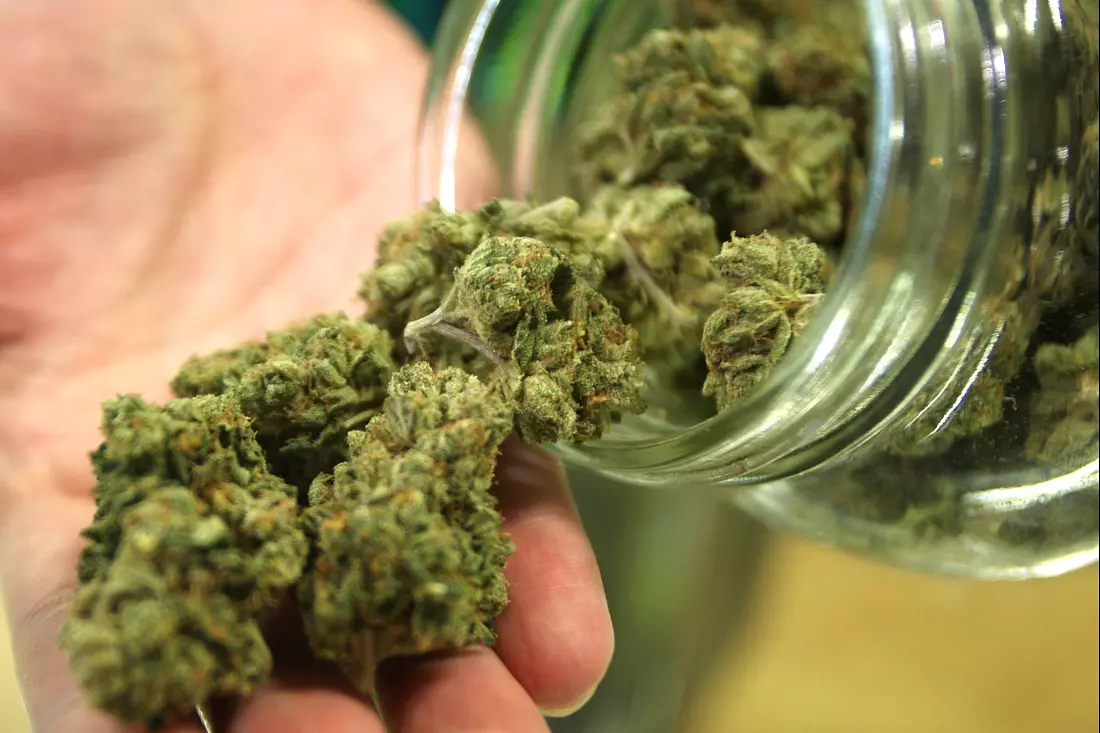
Where is marijuana legal?
Marijuana use is permitted strictly for medical purposes (prescribed by a doctor with the appropriate documentation) in the following states:
- Arizona
- Connecticut
- Delaware
- Arkansas
- Illinois
- Florida
- Hawaii
- New Hampshire
- New Jersey
- Montana
- Michigan
- Vermont
- Rhode Island
- North Dakota
- New Mexico
Recreational use is also permitted in:
- 01. California
- 02. Nevada
- 03. Alaska
- 04. Washington
- 05. Colorado
- 06. Maine
- 07. Oregon
- 08. Massachusetts
- 09. District of Columbia
Individuals over 21 can possess up to 1 ounce (28.4 grams) of marijuana. In-home cultivation of up to 6 plants is allowed. However, trading or using marijuana in public places is strictly prohibited.
Despite some states permitting use, U.S. law does not spare those caught using, producing, or distributing drugs of any kind.
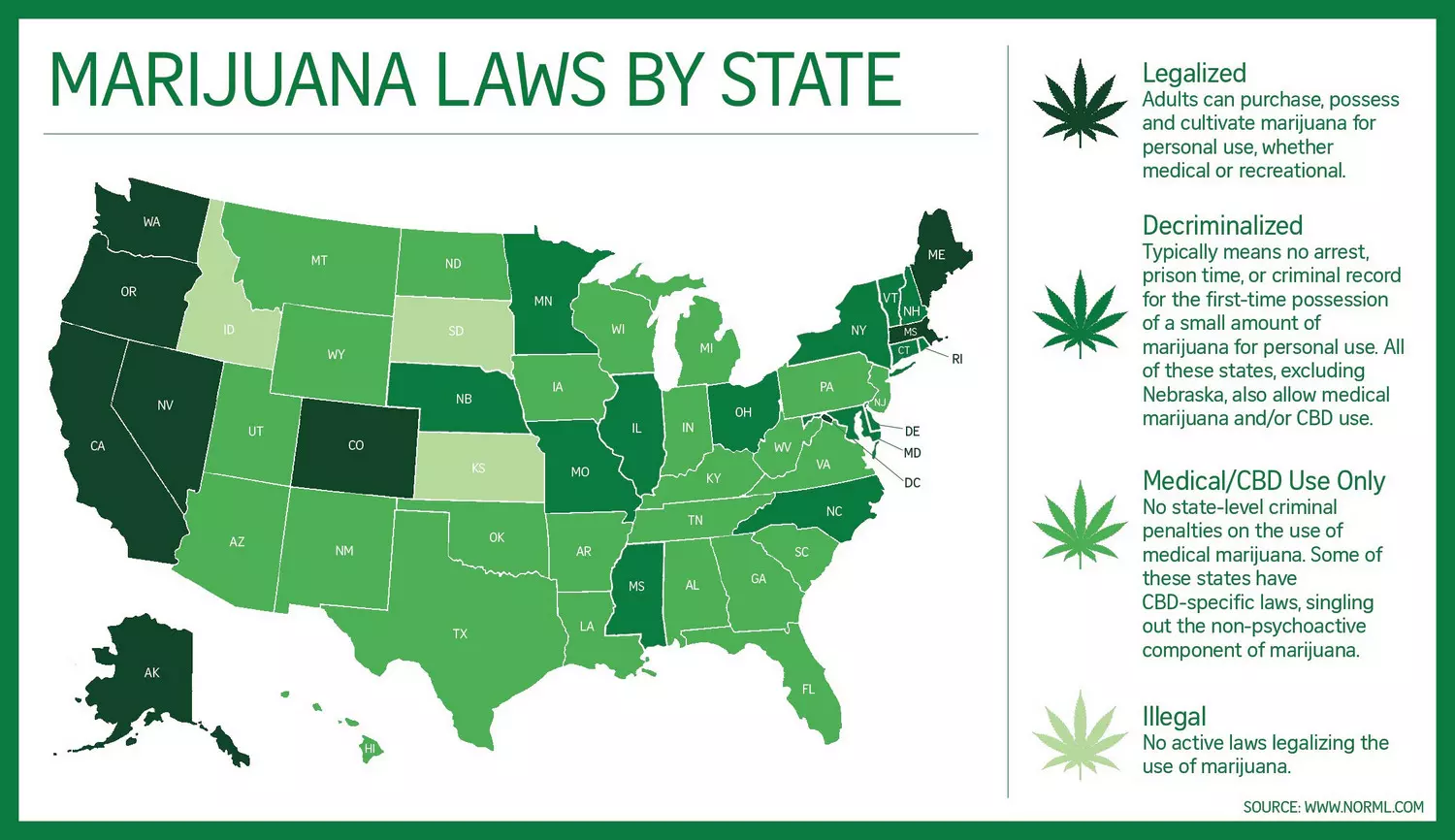
Why take marijuana seriously?
Marijuana can be purchased legally with a prescription, following the recommended dosage. If you don’t need it for medical reasons, it is highly discouraged to seek out and try any type of marijuana on your own. In such cases, there’s no guarantee of safety, as street cannabis can be laced with anything.
Marijuana itself has a mild psychoactive effect. Many believe it’s the most natural and harmless way to relax. However, dealers are not concerned with safety — they want you to become a regular customer.
Depending on their financial needs and personal preferences, some individuals have learned to produce potent drugs from seemingly harmless cannabis. For example, sensimilla, made from mature but unpollinated cannabis flowers, has a highly concentrated cannabinoid content, offering strong psychoactive effects and quick addiction. Often, more dangerous synthetic drugs are mixed into marijuana, leading to almost inevitable addiction and guaranteed adverse effects.
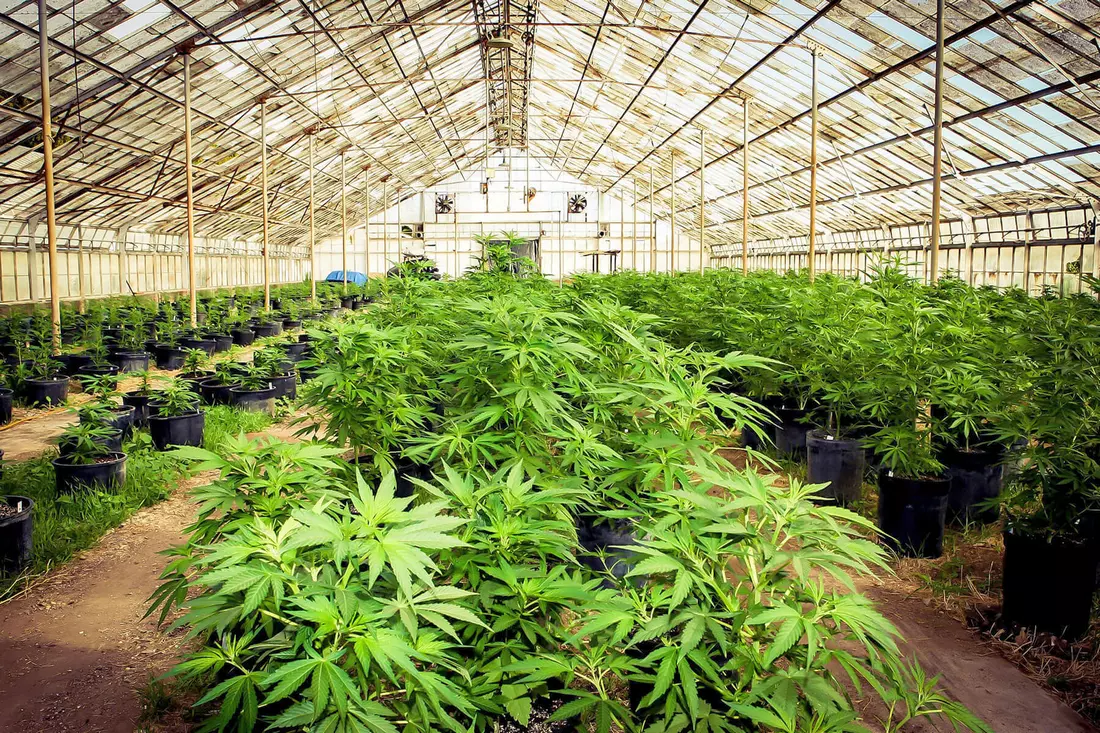
The Impact of Cannabis on the Economy
Legalizing marijuana isn’t just about freedom of choice — it’s about huge money. The cannabis industry is already valued at $40 billion, and by 2030, it could surpass $100 billion.
- Tax Revenue
Since 2014, Colorado alone has collected over $2 billion in taxes from marijuana sales. - Job Creation
As of 2023, the cannabis industry employs over 400,000 people — from farmers and marketers to lawyers and security personnel. - Tourism Growth
States with legal marijuana attract millions of tourists looking to experience legal weed. - Reduced Law Enforcement Costs
Fewer arrests mean less strain on courts and prisons, saving millions in taxpayer dollars.
However, not everything is perfect. Due to federal restrictions, cannabis businesses face significant challenges with banking — most major banks refuse to work with the industry due to its legal gray area.
Legal Weed: A Blessing or a Curse?
Opinions are divided, as with any controversial issue.
Pros of Legalization
- Product quality control and safer consumption.
- Massive tax revenue for education, healthcare, and infrastructure.
- Reduced drug-related crime and black market activity.
- Medical marijuana access for patients with chronic pain, epilepsy, and PTSD.
Cons of Legalization
- Potential rise in cannabis dependency.
- Increase in DUI cases due to impaired driving.
- Conflict with federal law, creating regulatory uncertainty.
One thing is certain — there’s no turning back. The legalization of marijuana in the U.S. isn’t a question of "if," but "when" it will happen on a federal level.
Who’s Making Billions from Marijuana in America?
The biggest winners in the cannabis gold rush are licensed corporations, investors, and state governments collecting taxes from legal sales.
Top Cannabis Corporations in the U.S.
- 01. Curaleaf
The largest cannabis company in the U.S. with over 150 dispensaries nationwide. - 02. Green Thumb Industries
A major multi-state operator (MSO) with assets in 15 states. - 03. Trulieve
Florida’s market leader with record-breaking sales and profits. - 04. Canopy Growth & Tilray
Canadian giants aggressively expanding into the U.S. cannabis market.
State Governments and Tax Revenues
In 2023, the cannabis industry generated over $4 billion in tax revenue for U.S. states. The biggest earners:
- California — over $1 billion per year
- Colorado — around $500 million per year
- Illinois — $450+ million per year
Investors and Stock Market Influence
Major cannabis corporations are publicly traded on NASDAQ and TSX, attracting billions in investments.
Ancillary Businesses Profiting from Cannabis
- Accessory manufacturers
Producers of vapes, glass bongs, grinders, and packaging are making fortunes. - Tech startups
Companies developing tracking software for supply chains and point-of-sale systems are securing massive venture capital investments.
The cannabis industry is now a multi-billion-dollar powerhouse, and its growth shows no signs of slowing down.
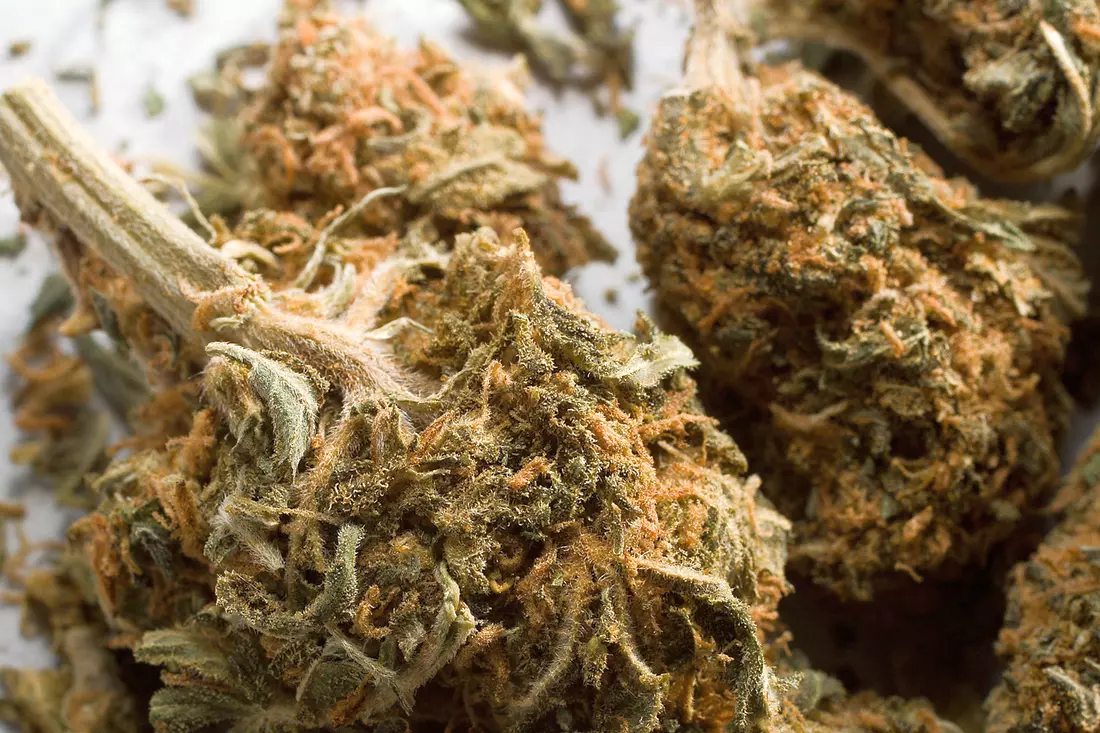
Can Tourists Smoke Weed in the U.S.?
Yes, but not everywhere. In states where marijuana is fully legalized, any adult (21+) can legally purchase cannabis at licensed dispensaries. However, transporting it across state lines or taking it outside the U.S. is strictly illegal.
Key Things to Remember:
- Public smoking is prohibited
Even in legal states, you cannot smoke weed on the street, in parks, or in public spaces. - Transporting cannabis across state lines is a federal offense
Even if you bought it legally, crossing state borders with cannabis is against federal law.
Will the Federal Ban Be Lifted?
Currently, marijuana remains illegal at the federal level, creating legal gray areas. However, public opinion is shifting, and it’s only a matter of time before federal laws align with state regulations.
One of the biggest driving forces behind potential legalization? Money. If cannabis generates billions in state revenues, imagine how much the federal government could profit. In the coming years, experts predict:
- Marijuana will be reclassified from a “dangerous drug” to a less restricted substance.
- Federal banks will allow cannabis businesses to access financial services.
- Cannabis companies will be able to operate nationwide, instead of being limited to specific states.
How to Travel the U.S. with Maximum Comfort?
American Butler can not only guide you through the most controversial aspects of American culture but also organize:
Contact our specialists via phone or chat, and we’ll be happy to assist you!























